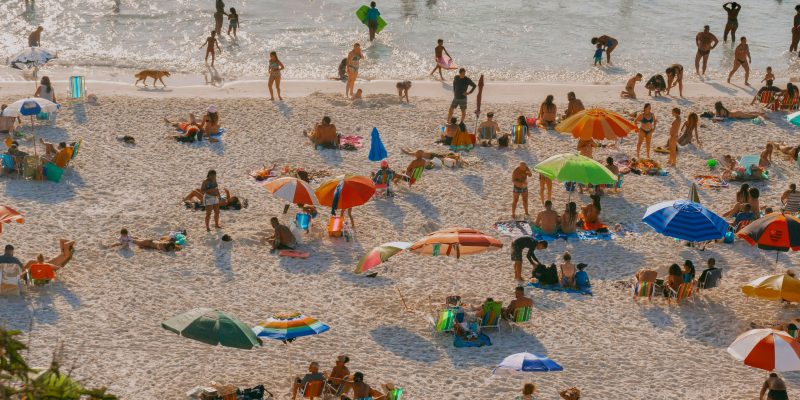If you’ve been anywhere near a news outlet or social media lately, you’ve likely heard about Cabana-gate. From newspapers and TV to podcasts and even the BBC, this sandy controversy has made waves far beyond Australian shores. So, what’s the fuss all about?
Let’s dive into how it all started — and what’s really happening behind the scenes.
The battle for beach space
It all began with visitors to Safety Beach voicing frustration on social media about Cool Cabanas, a popular beach shelter brand. The grievances? Beachgoers complained about cabanas crowding the sand, their owners arriving early to stake out prime positions, and then leaving only to return later — effectively “reserving” spots.
Some called this behaviour un-Australian. Others defended it, championing cabanas as essential for sun protection. The debate was spotted by a journalist at the Herald Sun, and from there, the story took on a life of its own.
When the media machine kicks in
As is often the case, stories with great talkability — the kind that sparks outrage, support, or debate — don’t stay confined to one media type. By morning, the story had jumped to radio and TV, with breakfast programs adding their spin and bringing in interviewees to keep the conversation going.
Cue social media reactions, water-cooler debates, and an escalating media frenzy.
But then something unexpected happened: the Prime Minister weighed in, catapulting the issue to “culture war” status.
Enter the Prime Minister
Anthony Albanese didn’t just brush off the cabana debate with a call for beachside harmony. Instead, he leaned in, delivering a soundbite designed to go viral:
“One of the great things about Australia, unlike some parts of the world, [where] you go and you’ve got to pay to go to the beach, here, everyone owns the beach. Everyone. And it’s a place where every Australian is equal. And that’s a breach of that principle, really, to think that you can reserve a little spot as just yours.”
With that, Cabana-gate was born. But why would a Prime Minister with global conflicts, inflation, a housing crisis, and cost-of-living pressures on his plate care about beach cabanas?
Because those very pressures create a need for distraction.
The art of political deflection
This isn’t the first time a cultural flashpoint has been used to shift attention. Remember last year’s supermarket controversy over Australia Day? When Peter Dutton accused Woolworths of pushing a “woke agenda” by no longer stocking Australia Day products, it dominated headlines, giving him a platform to critique the government’s handling of economic issues.
Similarly, Prime Minister Albanese knows the pressures of rising inflation and economic strain inevitably point back to his government. So, instead of waiting for criticism to build, he’s proactively redirected public discourse — this time to the sandy shores of Safety Beach.
In politics, cultural debates like these can act as lightning rods, drawing attention away from more complex or uncomfortable issues. This is why a quirky beachside gripe has now become a multi-day media saga. With other politicians chiming in and headlines continuing to roll out, Cabana-gate shows no signs of slowing down.
It’s a reminder of how a seemingly small story can be amplified into a national talking point — and how skilled leaders (and their PR teams) can use these moments to shape public discourse.

